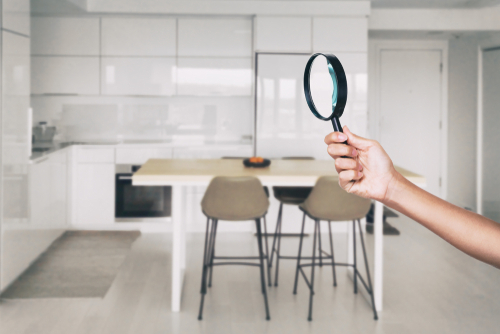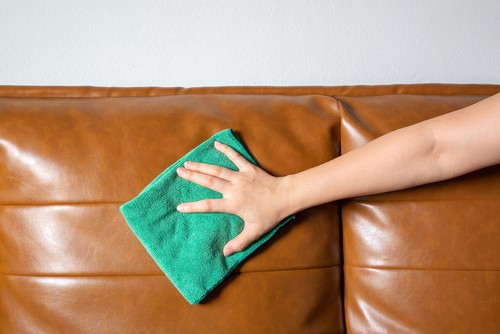
How to Clean Your Leather Furniture
How to Clean Your Leather Furniture? Leather is a timeless and classic material that exudes elegance and luxury. It’s no wonder many homeowners choose clean leather furniture as their preferred choice for their living spaces. However, with great style comes great responsibility, especially when cleaning your leather furniture.
Maintaining the cleanliness of your leather sofa and chairs can be daunting if you need help properly. In this article, we’ll walk you through some tips on how to clean your leather furniture without damaging it.
Table of Contents
Understanding The Types Of Leather
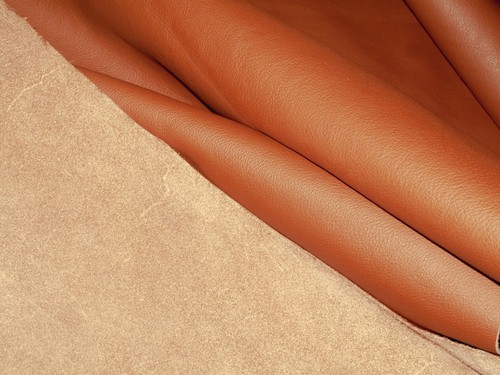
Before diving into the cleaning process of your beloved pieces of furniture, it’s essential first to understand what type of leather they are made from. There are different types with unique characteristics that require varying methods when being cleaned; thus, identifying which type yours belong helps determine suitable care techniques:
- Aniline Leather – This premium quality variety has no protective coating, making them susceptible to staining easily.
- Semi-Aniline – Similar features as aniline but with light surface pigmentation.
- Pigmented/Protected/Bonded- Coated with polymer finish or paint that makes them more durable than other types since they’re less prone to staining.
Pre-Cleaning Preparation
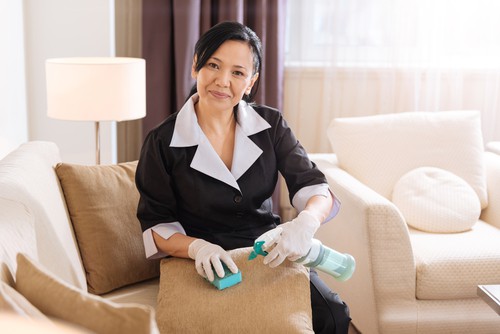
- Do a spot test – Before starting any cleaning method listed below, always perform a quick spot test in an inconspicuous area like under cushions or hidden corners first, just in case there’s any adverse reaction.
- Remove surface dirt: Start by using vacuum attachments such as soft brush heads not to scratch surfaces while removing dust particles.
- Know What You’re Dealing With: Identify whether there are specific spills like grease, ink, wine, or food stains and act accordingly.
- Get your Supplies Ready: Leather cleaner, microfiber cloths, and distilled water.
Cleaning Methods
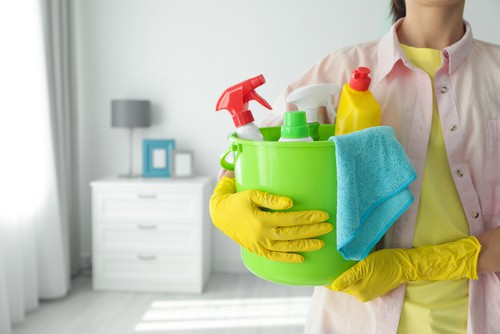
Method 1: Soap & Water
- Step 1: Mix a solution of warm soapy water using mild soap with distilled water.
- Step 2: Dip the microfiber cloth into the soapy solution and wring it out until damp but not soaking wet.
- Step 3: Clean gently in circular motions from top to bottom, ensuring you cover all areas, including seams but avoid getting too much liquid on one spot as that can cause damage.
- Step 4: Rinse by wiping down again, this time without any leftover soap residue, then dry off immediately using another clean, dry towel.
Tip: Do not use regular tap water because of its high mineral content, which can cause discoloration.
Method Two: Vinegar Solution
- Step One- In a spray bottle, mix equal parts white vinegar and distilled water
- Step two- Spray onto leather surfaces without over-saturating them.
- Step three- Rinse thoroughly and wipe down with a clean, dampened cloth to remove excess cleaning product.
Hacks for Stubborn Stains Removal
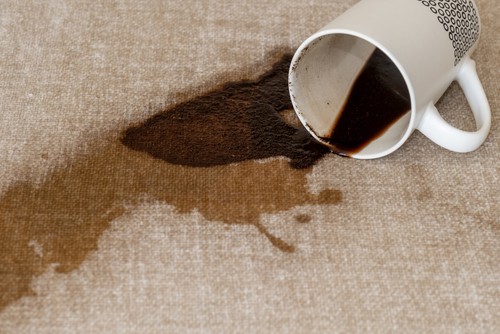
Stain removal is never an easy task, especially when dealing with leather material; however, here are some hacks that might come in handy:
- For Grease Stains – sprinkle cornstarch directly onto the stained area and let sit for several hours, allowing it absorbs the grease, then wipe away the residue.
- For ink stains – Soak a cotton swab into rubbing alcohol, dabbing gently and repeatedly till the stain disappears.
- For Food Spills – Combine baking soda paste with a tablespoon of lemon juice. Apply on spills. Let sit overnight before rinsing off the following day.
Conditioning Clean Leather Furniture
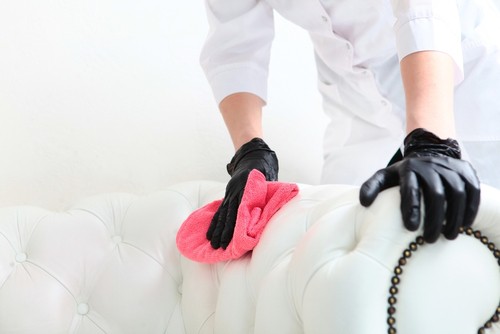
Leather conditioning is an integral part of maintaining its luster and longevity. It helps to keep your furniture soft, supple, and pliable while preventing cracks or wrinkles that may develop over time due to natural drying.
To condition your pieces,
- Use a specialized conditioner made of leather materials (Note; Do not use oil-based products).
- Apply a small amount on another microfiber cloth, then rub gently onto the surface until absorbed fully.
Do’s & Don’t When Cleaning Leather Furniture
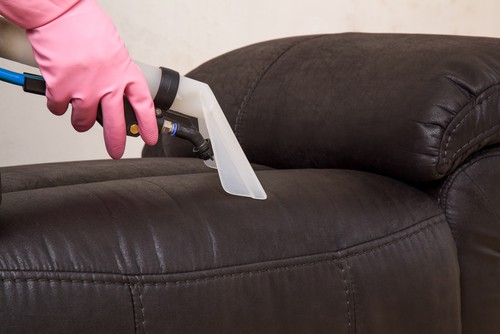
Here are some crucial tips you should never forget when handling your prized possessions;
Do’s;
- Always vacuum up loose dirt before spot-cleaning/ deep-cleaning processes.
- Test cleaners first on inconspicuous areas like underneath cushions if unsure how they’ll react with material
Don’ts;
- Never use strong detergent soaps or bleach solutions for cleaning purposes.
- Avoid direct sunlight exposure where heat can cause cracking/drying effects.
How to Clean Your Leather Furniture? – Final Thoughts
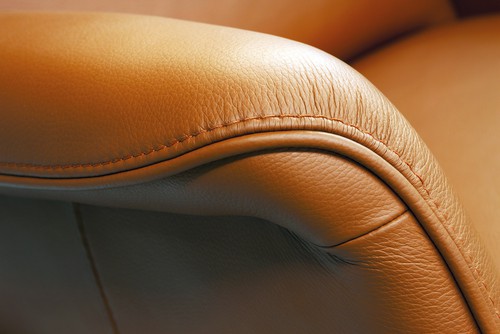
In conclusion, correctly maintaining your clean leather furniture ensures longevity while keeping them looking new. From pre-cleaning preparation, like vacuuming dirt particles and avoiding harsh chemicals during cleaning, to understanding the type of leather you have, cleaning your leather furniture doesn’t have to be daunting. With these tips and tricks, your leather sofa or chair will remain pristine for years.


